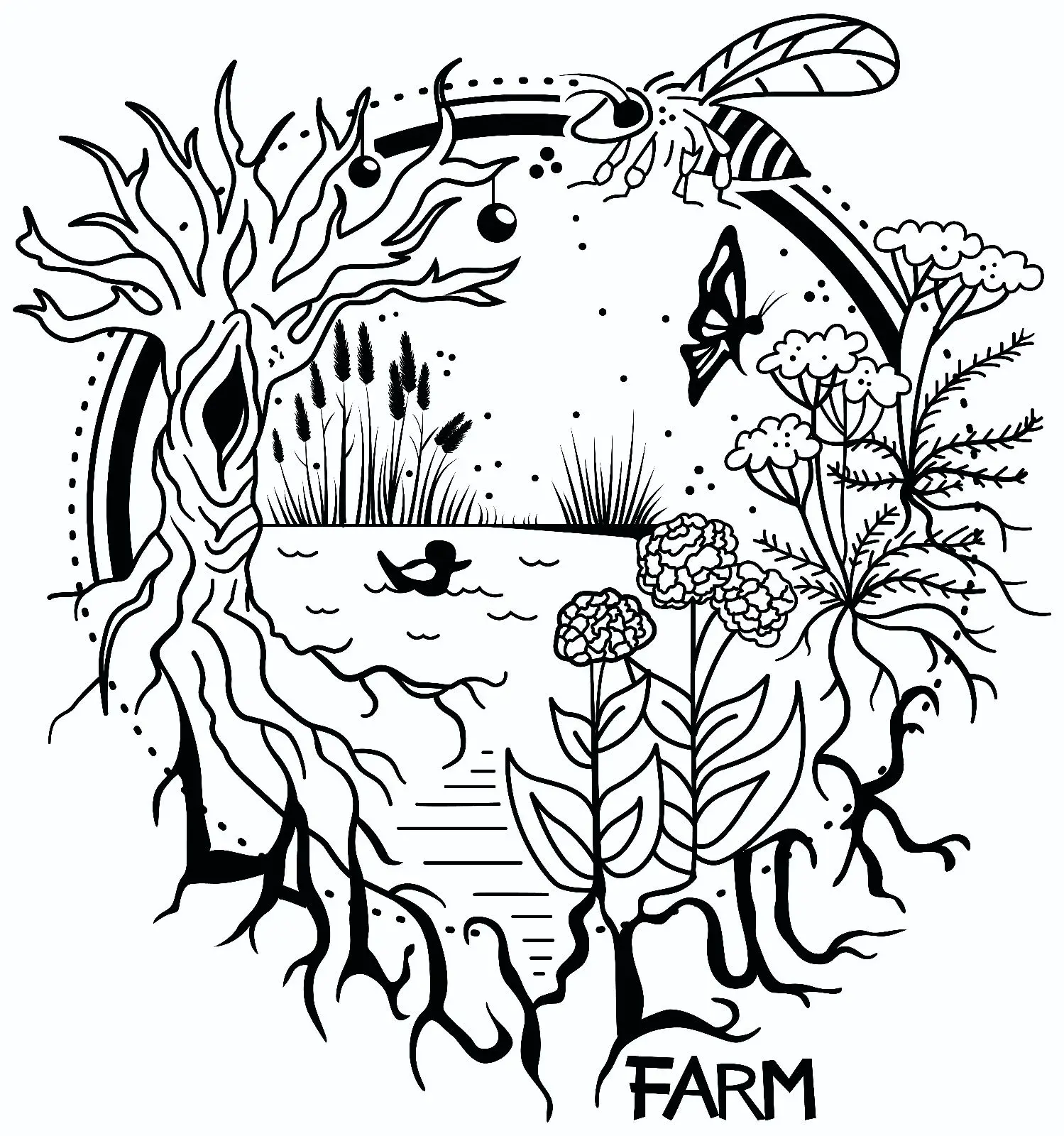
This is actually a really cool article. I did my MSC on a pile of dirt, so maybe it’s just me. Anyway, I like how he gets at how these walls act as a geomorphological feature on the landscape and from there, influence biota. The bit about mammals using the walls is cool, because in restoration and land reclamation we use artificial refuges (rock piles, bat boxes) to encourage animals back to the reclaimed landscape
Not just you, I thought it was engaging and interesting as well. The comment about artificial refuges really strikes a chord as well, and I would add man made brush piles to the list of reclamation structures for encouraging animal resurgence.
Also, I’m excited that I might be able to describe the various rock structures on our parcel with greater scientific rigor.

Yes, that’s right - brush piles and windrows of waste wood (from logging) are used to recreate habitat. Cowan et al 2011 (and 2012?; maybe they’re 2021/2022 respectively, I forget) has some great papers on how artificial refuges need to be constructed properly, otherwise they’re unused, or can serve as predator traps. I have the papers somewhere, though I had to request one from him.
If you’re interested, DM me and I’ll send them to you; it will require some digging, and I’m busy today, so I warn you turnaround might be slower than I’d like.

Looking forward to a photographic journal of learning to build similar walls on LallyLuckFarm.
You know it is going to happen.
Hah it was killer doing a first course of stone for a slope stabilization project but I’ll see what I can do

I wonder if the neighbors would let me borrow their horse…

New England stone walls lie at the intersection of history, archaeology, ecology and geoscience
Also, cinema

Forgot to ramble earlier, so have this scant link instead.


